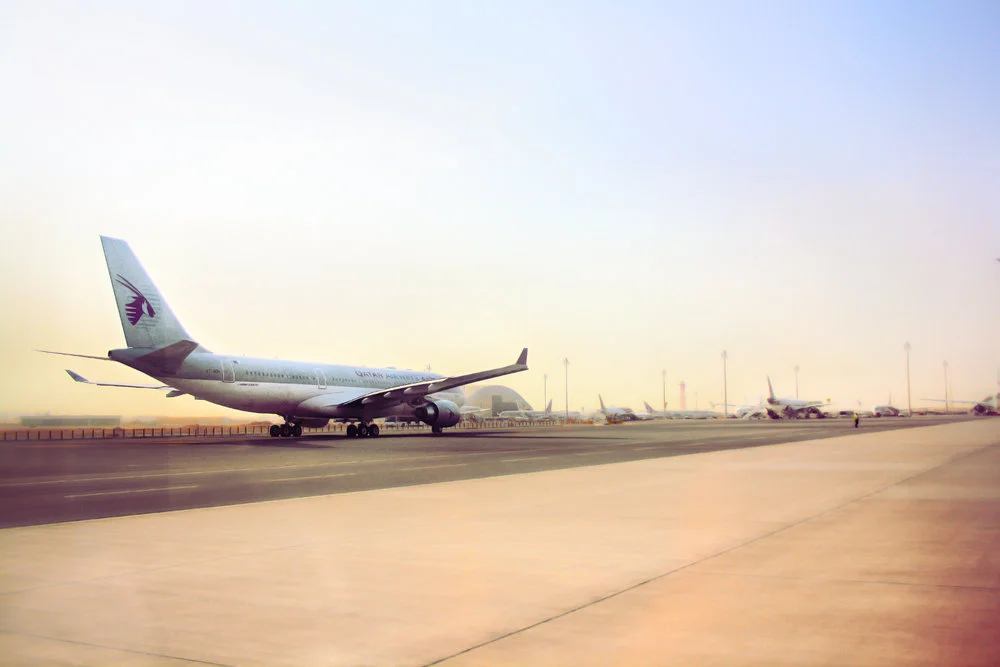Something you might not know: Why are there ashtrays on planes?
/The ashtray inside the toilet door on a Thomas Cook flight.
Frequent flyers can probably reel off the safety features of and instructions for a plane in their sleep, so they will be no stranger to the fact that it is against the law to smoke on board.
So for those heavy smokers that fly long distance, that warning may sound a little unnerving, especially for those who use it as a cure for stress.
But years ago, it was perfectly legal. People over the legal age could actually purchase cigarettes from their seat and light up there and then to the potential dismay of every non-smoker around them. Second-hand smoke, anyone?
In fact, only cigars used to be banned for passengers’ use because the air circulation systems couldn’t deal with the strong smell that they let off.
Eventually, law caught up so that smoking on planes, much like smoking inside public establishments in the UK, is now a thing of the past, and every commercial airline had become smoke-free by the end of the 1990s.
Though that still raises the question – why do ashtrays, that are usually found in the bathrooms, still remain?
Well, according to the Federal Aviation Administration’s (FAA) list of minimum equipment for aircraft, an ashtray in a toilet is a mandatory requirement by law.
So despite the phasing out of mile high smoking, the small, silver contraptions can still be found in lavatory doors because the FAA feel that if somebody does light a cigarette and smoke it in-flight, then it’s better to stub it out safely than to drop it in a bin and cause a fire at 37,000 feet.
In July 1973, Varig Flight 820 from Rio de Janeiro to Paris crashed near Orly, France following a fire in the cabin, with experts believing that the most probable cause was a lit cigarette igniting the fire after making contact with materials in the toilet’s waste bin.
Only one of the 117 passengers perished along with seven out of 11 crew members, with the rest surviving. Strangely, the captain of the flight, Gilberto Araujo da Silva, got out using the cockpit’s emergency exit, but disappeared in January the following year while flying a Varig cargo plane over the Pacific Ocean.
Though, ironically, there is no mention of the requirement in the Civil Aviation Authority’s (CAA) code, who are the United Kingdoms’ answer to the FAA.
Of course there is nothing to forcefully prevent passengers smoking after take-off, especially with multipacks available throughout most duty free stores and cigarettes still on sale for flights outside of the EU.
But wonder no more because the reason behind ashtrays still being on airplanes? To prevent a crisis inferno.

















Even in the wake of the heartbreaking Amelia Bambridge news, people shouldn’t be put off from solo travel.